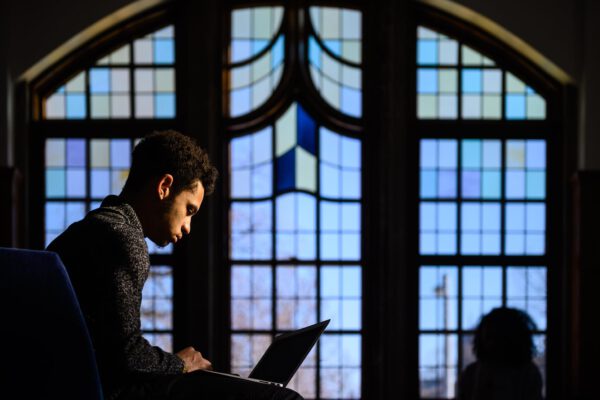Sexual Assault on Campus—Prevention and Response: A High Level Overview
Jessie Brown, ACE’s associate counsel, looks at Tuesday’s Annual Meeting joint session with the National Association of College and University Attorneys.
There can be no doubt that the issue of sexual assault on campus is a serious and complex one that colleges and universities are directing significant efforts to address.
In recent months, we have read countless news articles about the problem and have seen unprecedented attention paid to this topic on Capitol Hill and at the Department of Education. But what exactly can schools do to tackle this complex problem?
At Tuesday’s joint session with NACUA, we heard from a college president, a chancellor, and two general counsels, each contributing their own perspective on the issue and how institutions can take steps to address it.
President Deborah Stanley (State University of New York At Oswego) emphasized the deep-seated cultural nature of the sexual assault problem.
Far from a new concern, this has been an issue on campuses for many years but has just recently garnered more public attention. She focused on the need to change the culture, not simply the climate, and to address the issue directly and seriously, including efforts toward prevention, education and appropriate redress.
Chancellor Cynthia Barnhart of MIT detailed efforts undertaken on her campus to address the problem.
MIT used a data-driven approach by administering a survey and putting together focus groups. They then placed a huge importance on transparency, reporting out the survey data in a very public way. MIT engaged the entire campus community, tapping into the problem-solving capabilities not just of faculty and administrators, but also of students who are in many ways closest to the issue.
General Counsels Bill Mullowney (Valencia College) and Jerry Blakemore (Northern Illinois University) outlined the most recent legal and policy developments at the federal level.
Blakemore gave a quick outline of operational points a college president should focus on in this area, including the importance of having good policies and procedures in place, cultivating a good relationship with external constituencies and media outlets, and implementing a thoughtful communications plan when incidents occur.
Mullowney also pointed out that a one-size-fits-all approach will not work for this problem. Residential campuses, for example, may have very different needs than commuter campuses.
The panelists emphasized most strongly that all of their institutions place the utmost importance on student safety. They are absolutely committed to protecting students from sexual violence on campus, and agree that colleges and universities need to address the issue both directly and immediately.
If you have any questions or comments about this blog post, please contact us.

